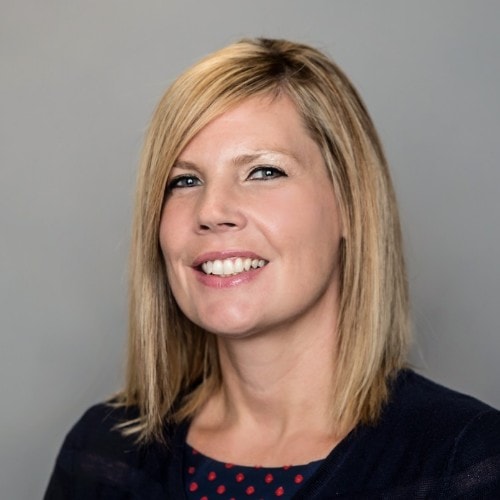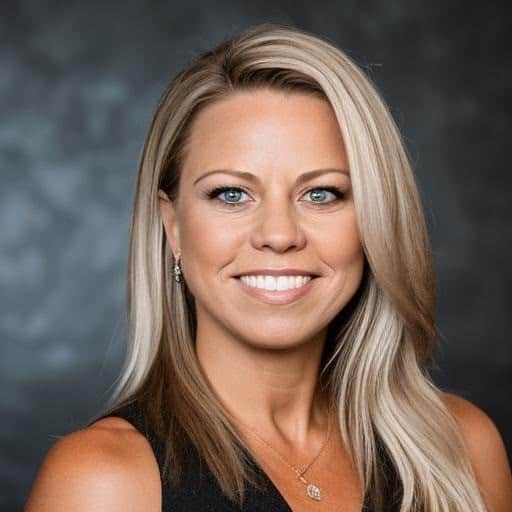After years lagging behind other service industries in terms of tech adoption, multifamily is rapidly approaching tech saturation. Property teams are inundated with processes and technology designed to create efficiencies. Now, operators are ushering in a new phase in operational efficiency – task optimization.
During the 2022 Apartmentalize Session, Fetch VP of Sales, Joe Summers moderated the session: The Changing Rules of Operational Efficiency to Achieve More Satisfaction. He along with veteran industry operators shared best practices and technologies to ease the burden on property teams and return the focus to leasing and resident relations.
Session panelists said that for the first two years of the pandemic, the industry was so focused on keeping people safe and implementing technology solutions to solve urgent issues that companies lost track of their core values. That shift had a negative impact on the people side of the business.
“The basic fundamentals of our operations have kind of gone to the wayside. I think what we’re seeing in the industry, especially in those site-level positions, is that people got burned out,” said Gregory Mark, senior vice president at Cushman & Wakefield. “We need to retool our efforts and our training back toward some of those basic principles.”
That burnout has contributed to the labor shortages multifamily is currently facing.
“We’re a service industry. But I’m seeing more site-level turnover than I’ve seen in my 23-year career,” said Summers. “It’s a little scary, because when I started in the industry in the late ‘90s people used to jump companies but stay in the industry. Now, we’re seeing them jump out of the industry.”
Panelists said that by returning the focus of operations to resident satisfaction, operators can curb associate turnover. Through tech consolidation and the centralization of services, management companies are freeing up time for their associates to concentrate their efforts on their primary role – customer service.
Centralized team models are already helping companies to allocate associates for customer service responsibilities.
“We really worked to centralize things during COVID,” said Stacy Wells, senior vice president of strategic operations for Fairfield Residential. “We identified the best leaders on our teams and put them in a centralized location near a group of properties. It wasn’t like a call center, because these people intimately know each property, but that remote site is where people call for leasing. The people who remain on site are mostly there for customer service.”
Under Fairfield’s model, centralized teams handle the prospect experience from lead to lease. On-site teams take over after lease signing and manage the move-in process and resident experience. The strategic roles improve both prospect and resident satisfaction.
“We’ve seen some of our review ratings come up because of that (structure), so we’re going to try to make centralization a focus in markets where we have enough assets to do that,” Wells said, adding that conversion rates also improved because prospects are able to reach a live person on their initial calls and centralized teams are equipped with the tools they need to nurture the lead.
While centralization has increased associate accessibility, panelists noted that the younger renter demographic largely prefers the autonomy and flexibility of virtual or self-service touring and leasing platforms. Combining live support resources with tech platforms have served operators well.
Also, operators have started automating or outsourcing routine property services. Package management responsibilities, for example, have taxed property teams as package volume surpassed the capacity of on-site package facilities.
Ian Bingham, senior managing director of client services at Cushman & Wakefield, said package couriers have largely discontinued the use of package organizing systems at multifamily communities. The situation has created a time-consuming task for on-site associates.
“Your office team or your maintenance team has to spend an hour or two each day reorganizing packages and putting them where they belong. We have been turning, at a lot of our communities, to an off-site service that delivers directly to the door,” Bingham said, noting that such services completely remove package management duties from property teams. “You get time back in the office and you get space back for amenities. Services like that are revenue drivers.”
Seeking out technologies that create more time for customer service directly impact resident satisfaction. But panelists said solutions that integrate with one another, as well as PMS software, is the key to maintaining associate job satisfaction. Multiple logins and product interfaces create tedious processes, hamper productivity and contribute to employee frustration.
Fully vetting new proptech is essential for simple and efficient property operations. Companies like Fairfield have gone as far as creating a position on its team with the responsibilities of evaluating new proptech on the market, pricing out solutions and assessing demographic needs.
“The first questions I ask are, ‘Do you have an open API?’ and ‘Is your product proprietary?’” Bingham said, noting that if the answer to either question is no, he moves on. “Technology has to play nice with others.”
Moving forward, multifamily operators also must forecast tech trends to prepare their assets and equip their teams for success.
“New developments have to be future-proof for technology that is still four years away,” Wells said. “You have to make sure that your building and your people are ready to adapt to whatever is going to be coming technology-wise.”








